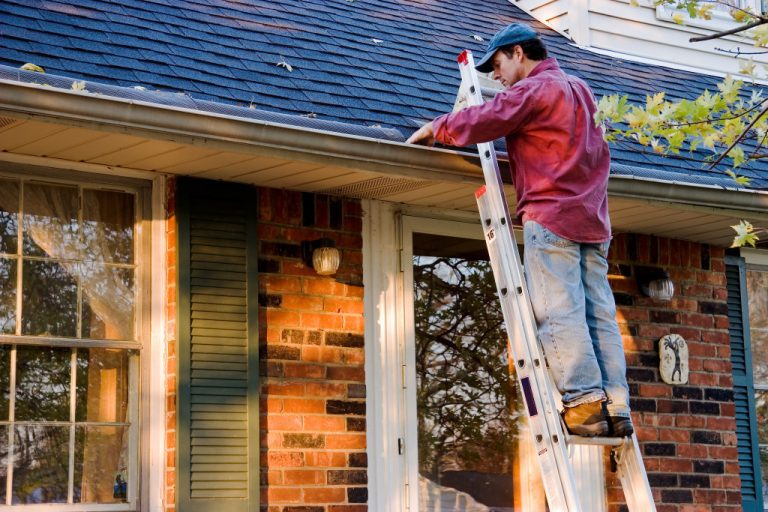Fall is coming. The green color of the summer will soon turn into beautiful reds, yellows, and oranges, and fallen leaves from up above will soon adorn the earth below. Before long, chilly winds will be entering our homes, signaling the arrival of an even colder winter.
Though we cannot wait for the various pumpkin-spice products to hit the shelves, we should first prepare our homes for the changing of the seasons, not only to keep up with the autumn and winter aesthetics but to be fully equipped for the bitterest of the cold conditions.
Interior
- General cleanup must be done to get your home ready for the seasons. Aside from wiping glass windows and dusting shelves and cupboards, vacuuming your upholstery is ideal since you might be staying inside for longer during the cold weather. Thoroughly cleaning your oven will also be a must if you want to cook or bake for your family. Deep cleaning certain parts of the house like the fireplace and chimney might require professional help.
- Before the cold arrives, check your air conditioning system. Getting your heating pads and furnaces checked must be done annually to prevent damage and costly repairs or replacements. But some prefer to do their own maintenance by cleaning or replacing filters by themselves. Make sure that your thermostats are also working properly. If you have a fireplace, make sure that you stock up on firewood.
Also, check for cracks and gaps where the cold air from outside might enter your home or the heat from inside may seep out. The U.S. Department of Energy has an entire checklist of where to look for these cracks, along with steps on how to check if air actually leaks through them.
- The most important preparation for fall is to do a fire safety check. Since owners will be bringing heat inside their homes for the cold weather, there is a big risk of fire. See if your smoke detectors and carbon monoxide alarms are working properly. Fire extinguishers within family homes are useful for preventing small fires from growing bigger, provided that the handler knows how and when to use them. But the National Fire Protection Association advises that a safe escape should always be the primary goal, so a fire evacuation plan must always be available within a household.
- Check for pests. Many animals and insects will want to enter your home in search of heat and food. Cover openings where they might enter. Birds and bats might take solace in your chimney, so before they can build a nest, get your chimney capped. Inspect your attic for rodents and cockroaches, and then check the upholstery for bugs and fleas. Call pest control if you cannot handle an infestation.
- Decorate! To give your home that extra warm and cozy feeling, add simple decorations like scented candles, throw pillows, and couch blankets.
Exterior

- Thoroughly check your roof for broken or missing shingles and possible leaks through the ceiling. Get them repaired early because they are a hassle to fix once the leaks start. Remove dirt and leaves in your gutters and downspouts. Check if they are in good condition or if they require repairs.
- Turn off the valves connecting to water pipes and faucets around the exterior of your home. Run the water until the pipes are empty to prevent them from freezing and bursting. If there are exterior pipes that serve indoor plumbing, try wrapping them with heating tape. This will also help save energy for your water heating system.
- Trim dead tree branches around your property. These branches may break and cause damage to your home during heavy snowfalls. Have them cut and disposed of properly.
- Make sure that your snow equipment and tools are ready. Whether you own snow shovels, sidewalk salts, or snowblowers, you have to make sure that they are in good working conditions. Store them in a nearby shed or your garage for easy access once the snow starts piling up.
- Walk around your property and do the last check for all possible outdoor repairs. Examine stairways, walkways, and driveways for slippery moss buildup. Check for cracks and damages where ice tends to form. When the ice starts to melt, it expands, thus widening the crevice and slowly destroying your property. Also, inspect wooden and metal structures as they tend to rot or rust after prolonged exposure to ice and water. Consider replacements such as aluminum fences and railings, as these require minimum maintenance and offer resistance to rotting and rusting.
Depending on the condition of your home, these steps might be easy preps or big hassles for you. But preparing well for this year’s seasons will definitely prevent bigger problems for the years to come.



